As far as songbirds, last year saw the usual suspects, with a wide range from hummers to crows. Below is a random assortment of a few of those beauties.
The barred owl’s wing was broken right at the wrist, and his eye was leaking humour mixed with blood—both life-ending injuries, as the joint would have frozen when healed, precluding flight, and the humour is the jelly-like substance that basically allows the eyeball to retain its shape. If it’s not present, the eye is essentially a deflated balloon. The owl was euthanized.
As for the mourning dove, some rehabbers treat finch eye; I don’t. It’s a long process and the recurrence rate is high, meaning that once the bird is released, there’s a very good chance it will develop the eye infection again and end up dying anyway—after spreading it to God knows how many other birds, as finch eye is highly contagious. In this poor dove’s case, it was a moot issue, actually, as the swelling had already caused one eye to rupture and the other wasn’t far behind. He was also euthanized.
The female red-tail is highly food-aggressive, leaping up to snag her mice before I can even get them in her box. Thank God for long feeding tongs! She’s also good to go pending clear weather.
The male red-tail recovering from the wing fracture continues to eat well and watch the female’s feeding frenzy like she’s crazy—remember, he’s had the benefit of a steady food supply for a lot longer than she has, as he’s been at LWR for over a month now!
The flyers continue to bounce off the walls at night and sleep all day, true to their nature as nocturnal critters.
- Get a good bird book and learn to at least identify the birds you see most commonly in your back yard. For Georgia residents, I’d recommend Birds of Georgia by John Parrish Jr. & Giff Beaton and Birds of Georgia: A Field Guide by Stan Tekiela. For a general bird guide, I like Sibley’s.
- Make your yard wildlife-friendly with brush piles, nest boxes, water sources and feeders to provide food, water and shelter for your wild visitors.
- DON’T use pesticides, rodenticides or herbicides. All of these have unintended secondary victims. Allow a few “weeds” in your yard. Dandelions, for example, are much-beloved by bees, birds and rabbits—and they have quite a few old folk-remedy uses, as well.
- DON’T trim trees and shrubs during nesting season—at the very least, check carefully for nests, and don’t forget some birds, like woodpeckers and screech owls, are cavity nesters.
- Leave those snags (dead trees) standing unless they threaten your roof. Woodpeckers adore the insects they find in snags, and the snags also make great nest sites for cavity nesters.
- Keep your cats inside. It’s not only better for wildlife; it’s safer for the cats.
- Spend some time outside at least once a day. I’m not talking the few seconds it takes to walk to your vehicle on the way to/from work, either. Make it a point to spend 10 or 15 minutes a day outside, just sitting or walking silently and observing and listening to the sights and sounds all around you. This doesn’t have to be a daytime-only activity: after sunset, stand or sit quietly in the dark in your back yard for 10-15 minutes and listen to nature’s nocturnal melodies, as well!
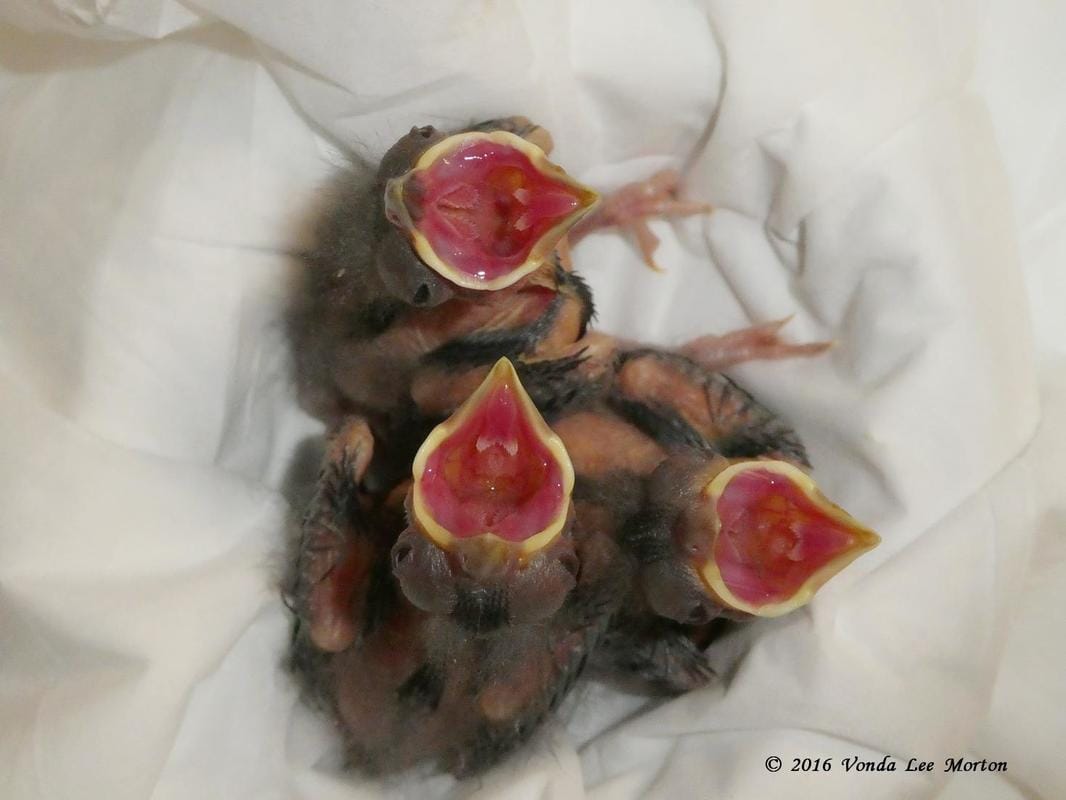
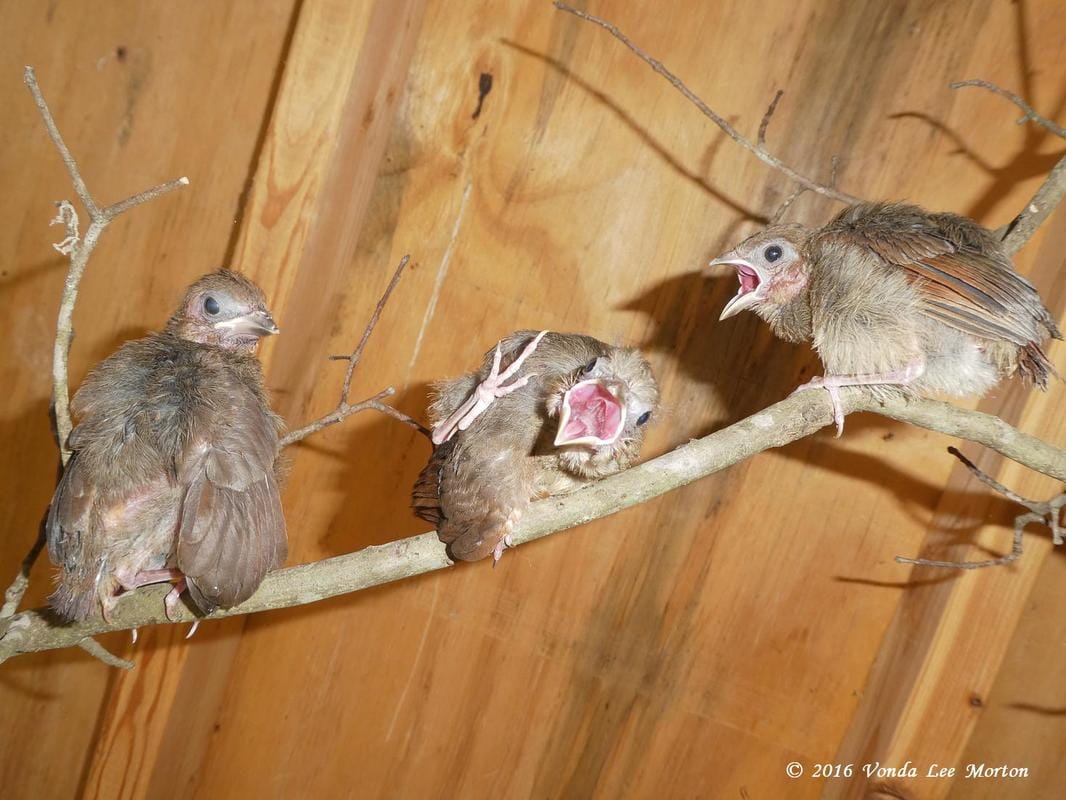
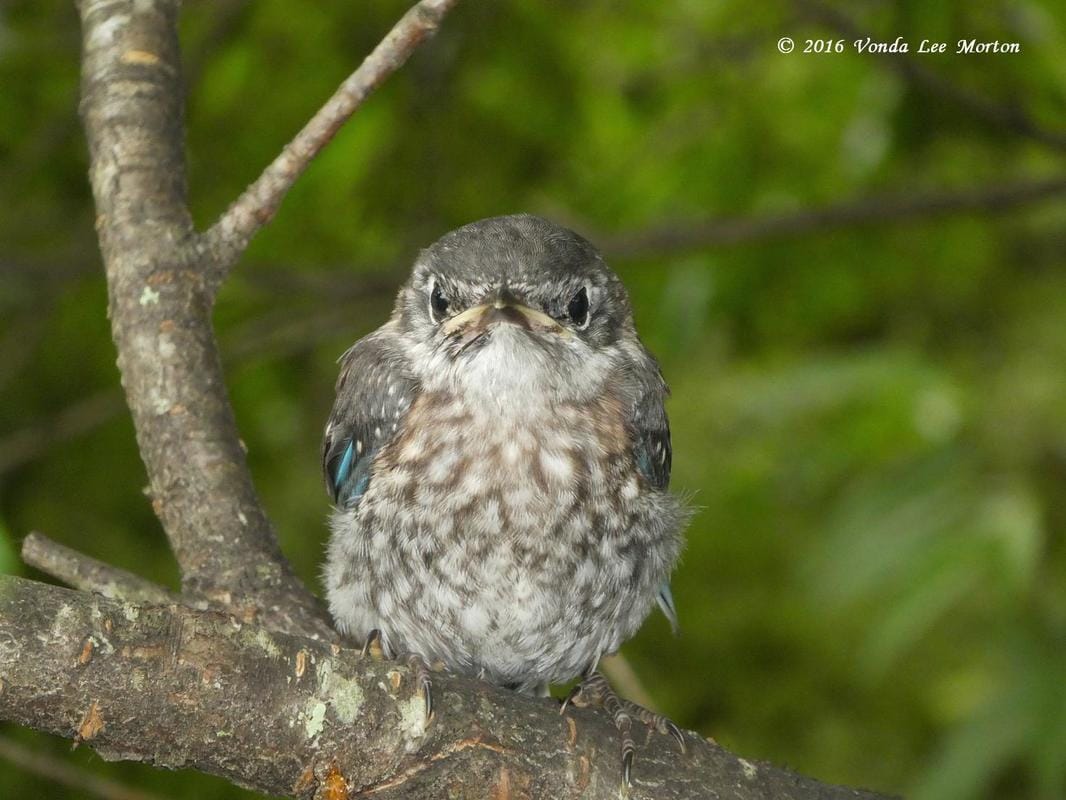
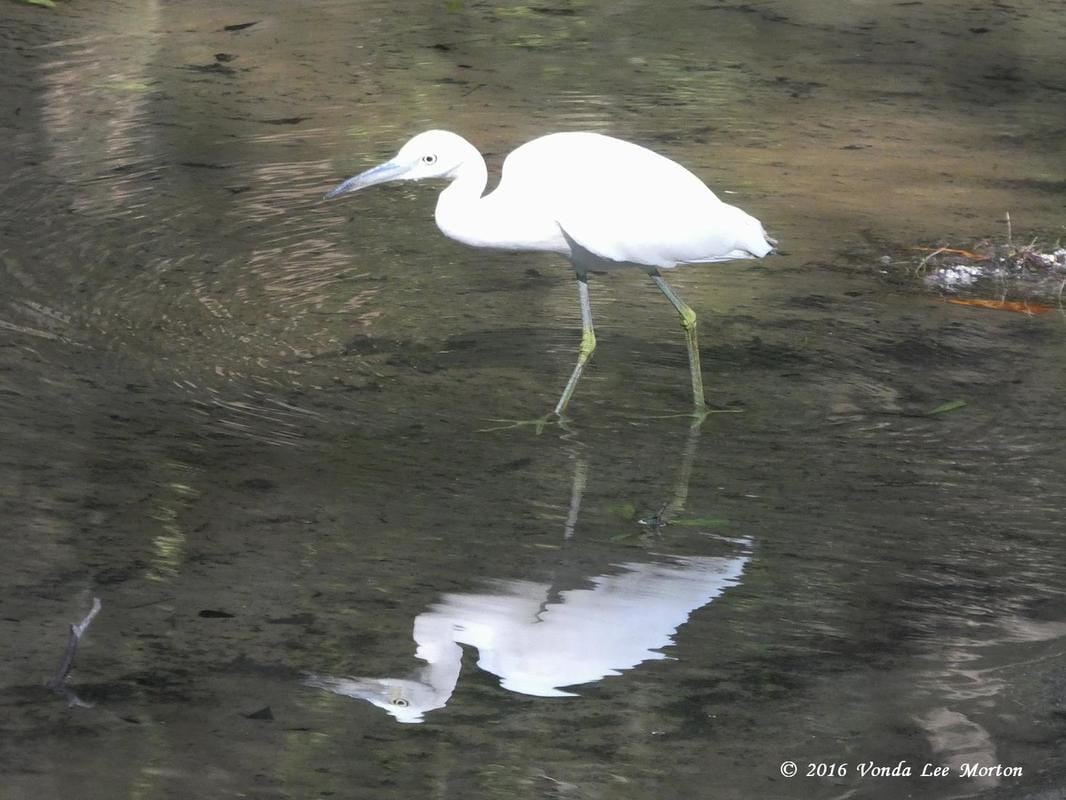
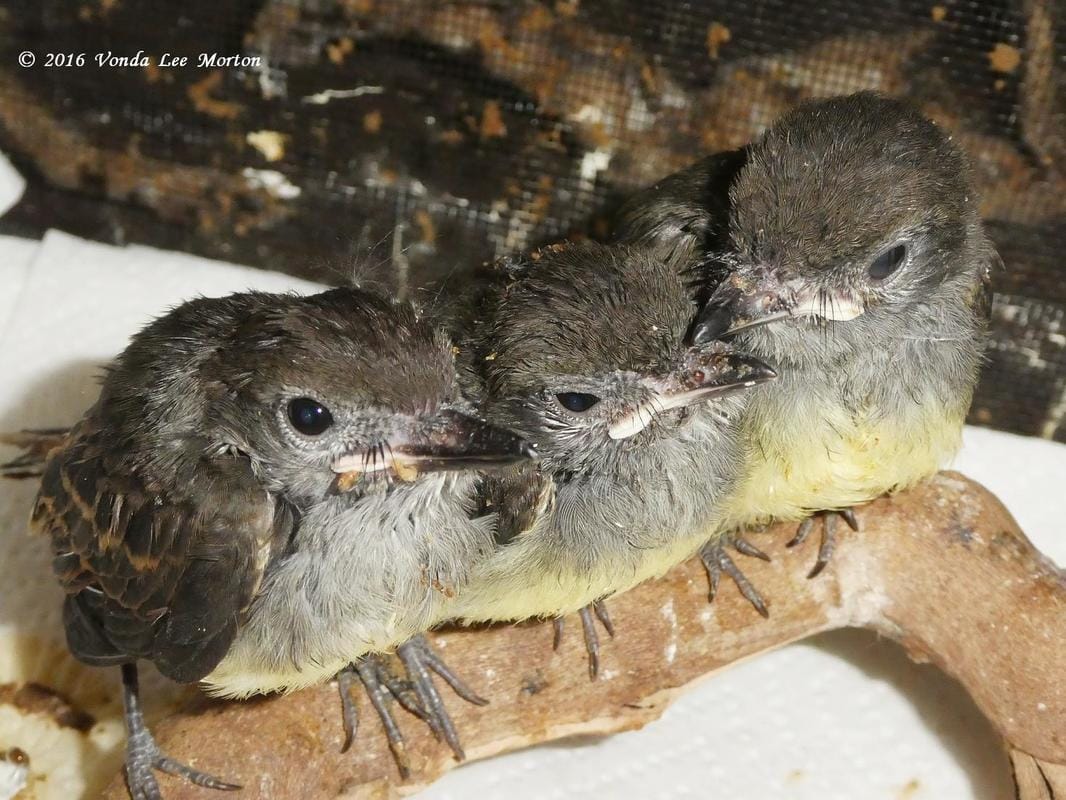
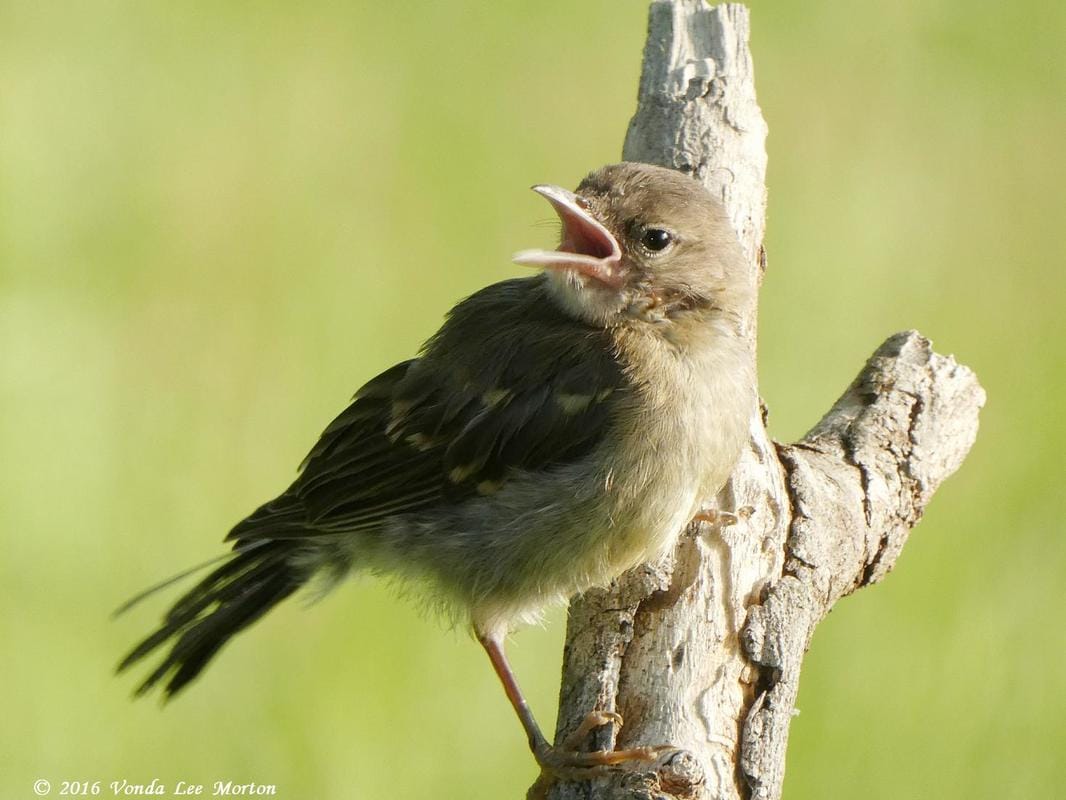
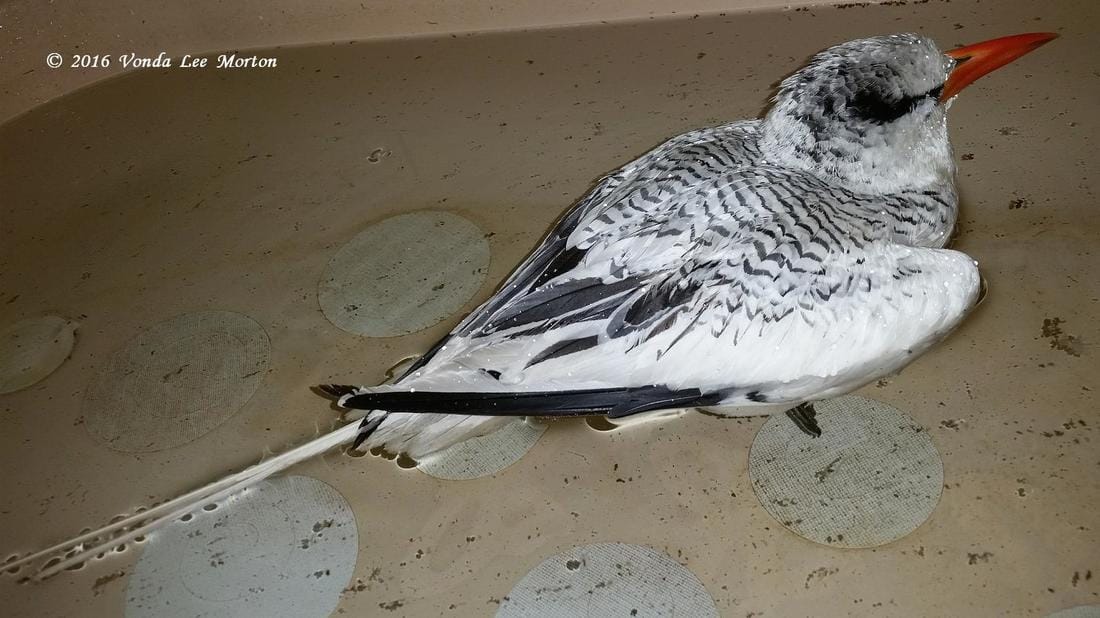
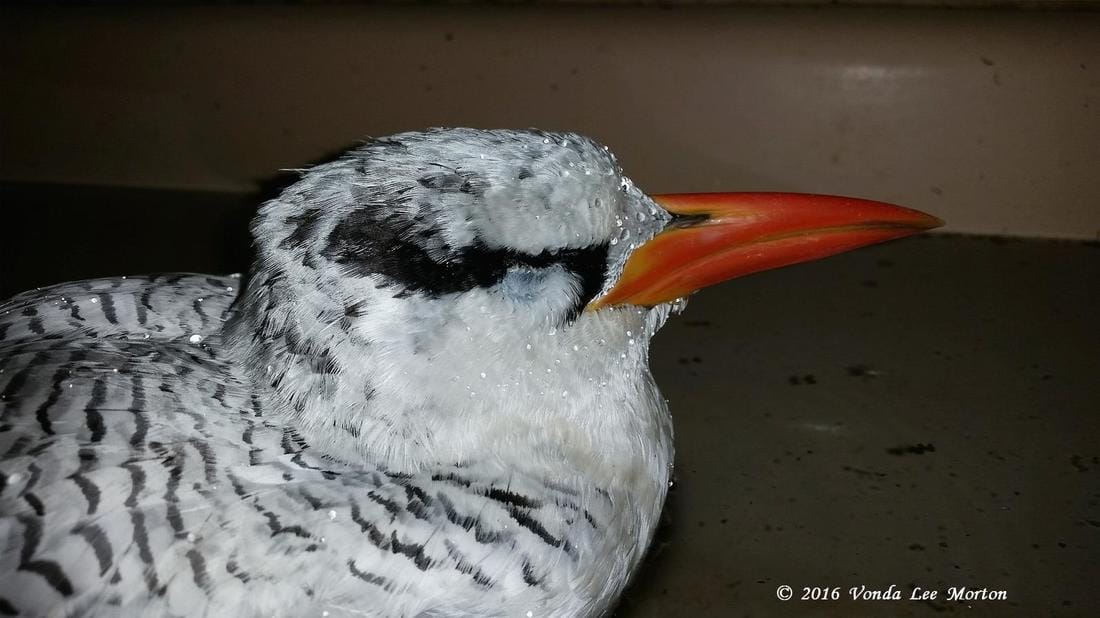
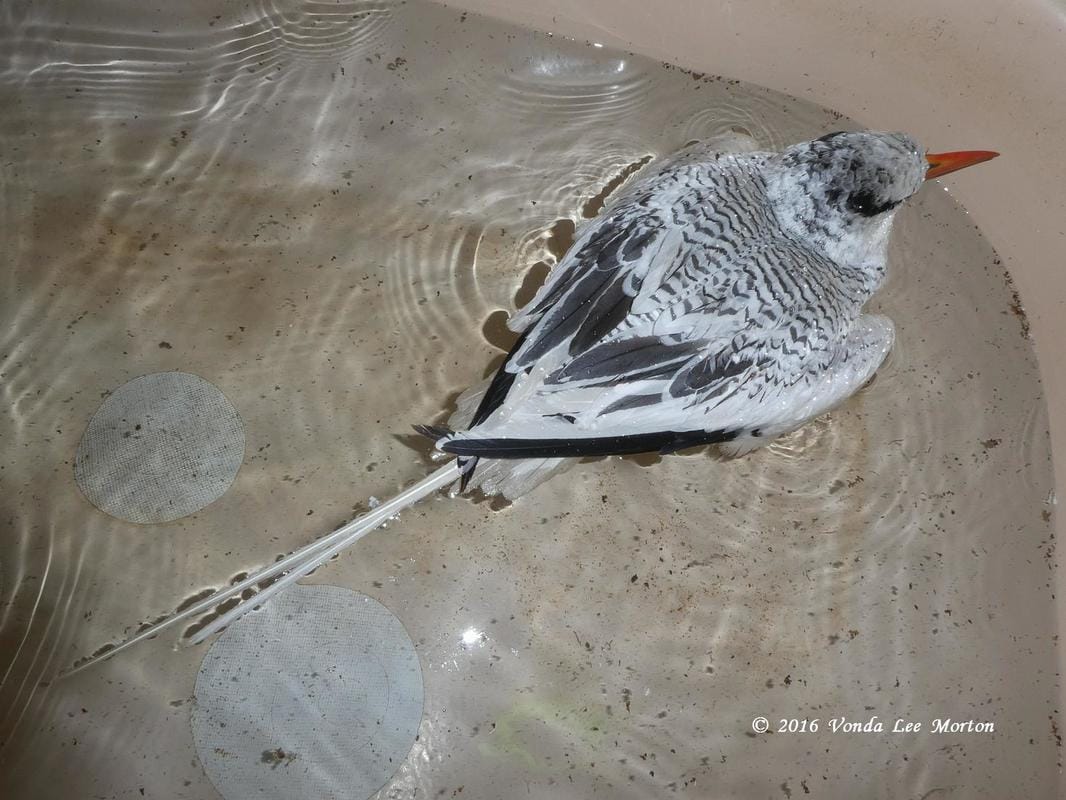
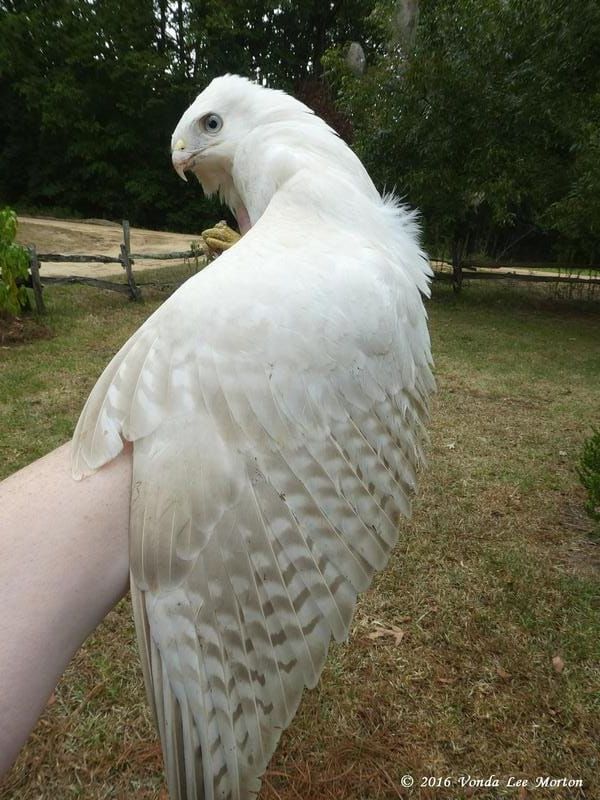
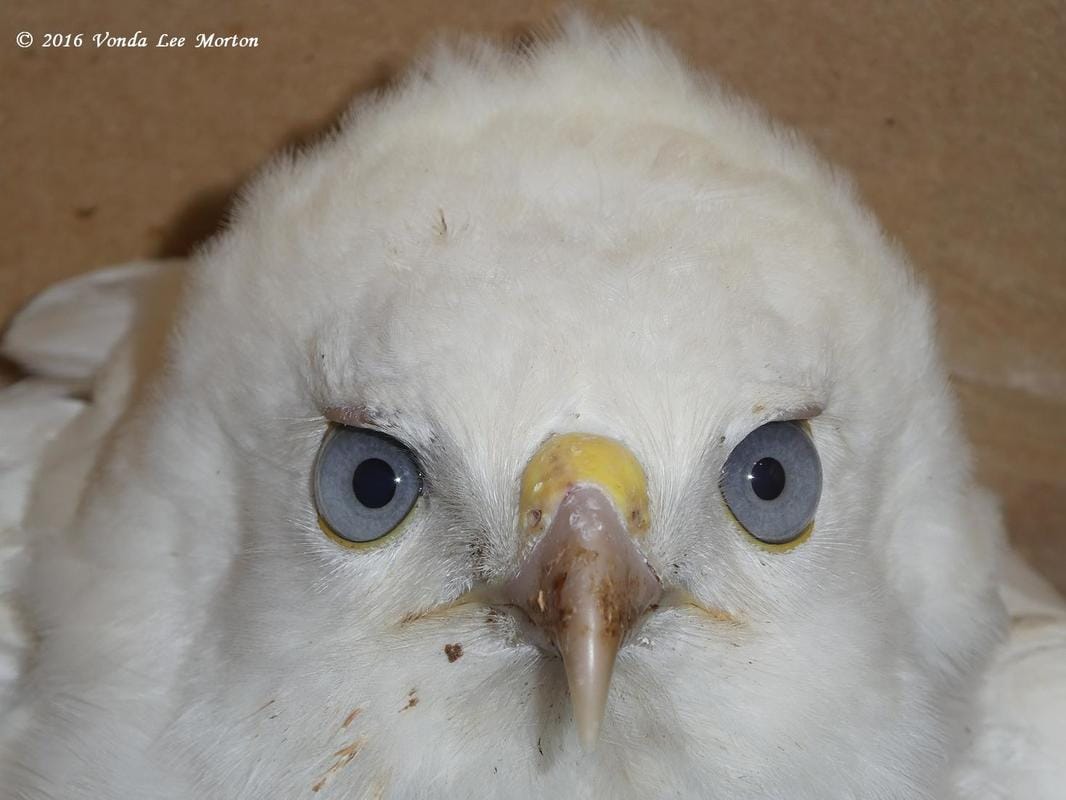
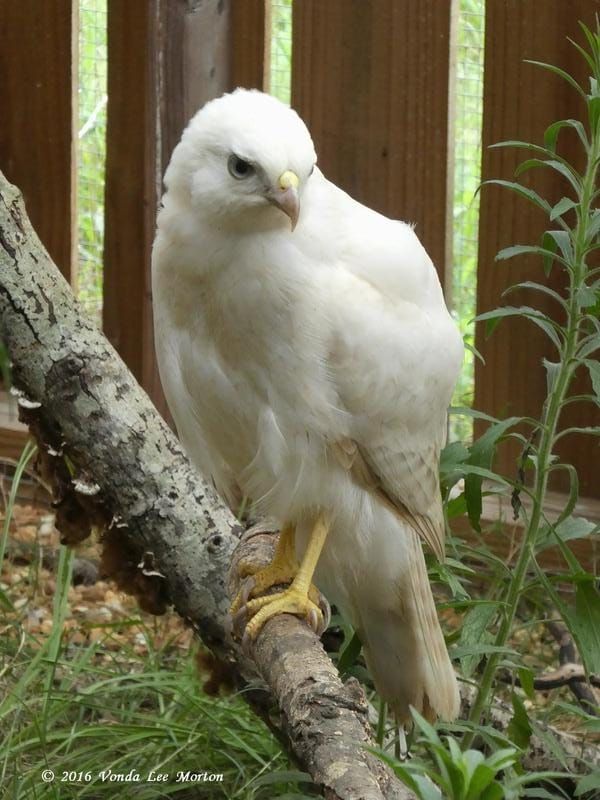
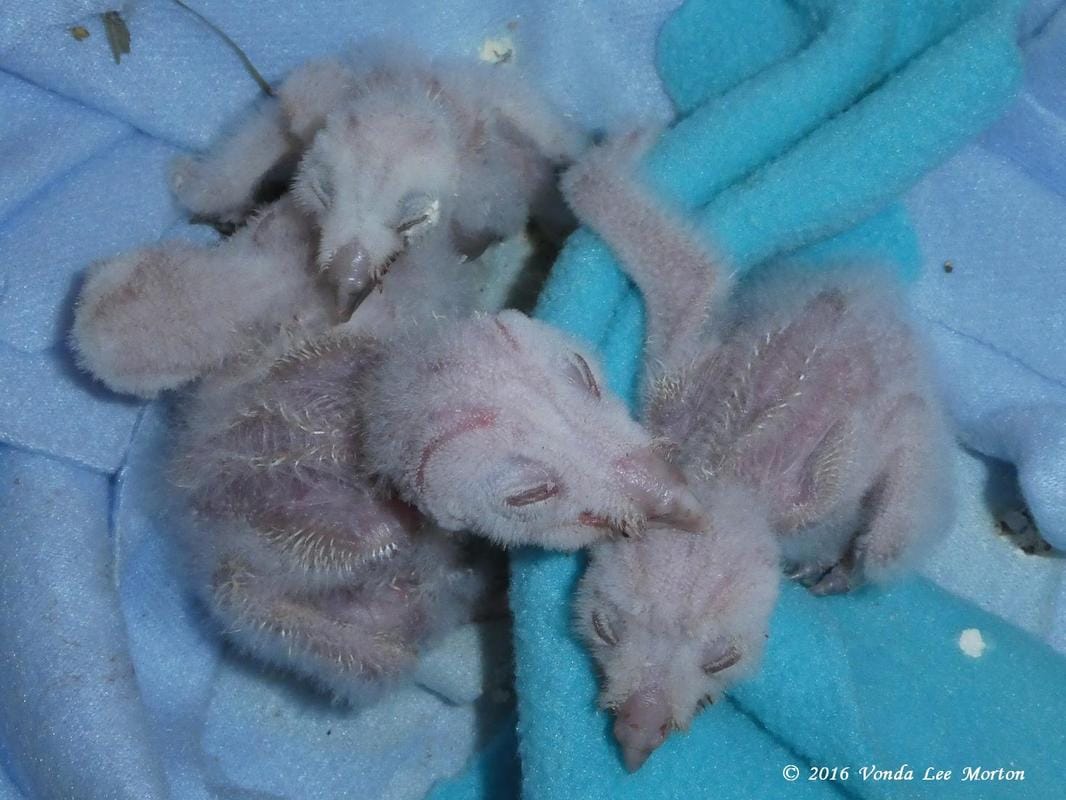
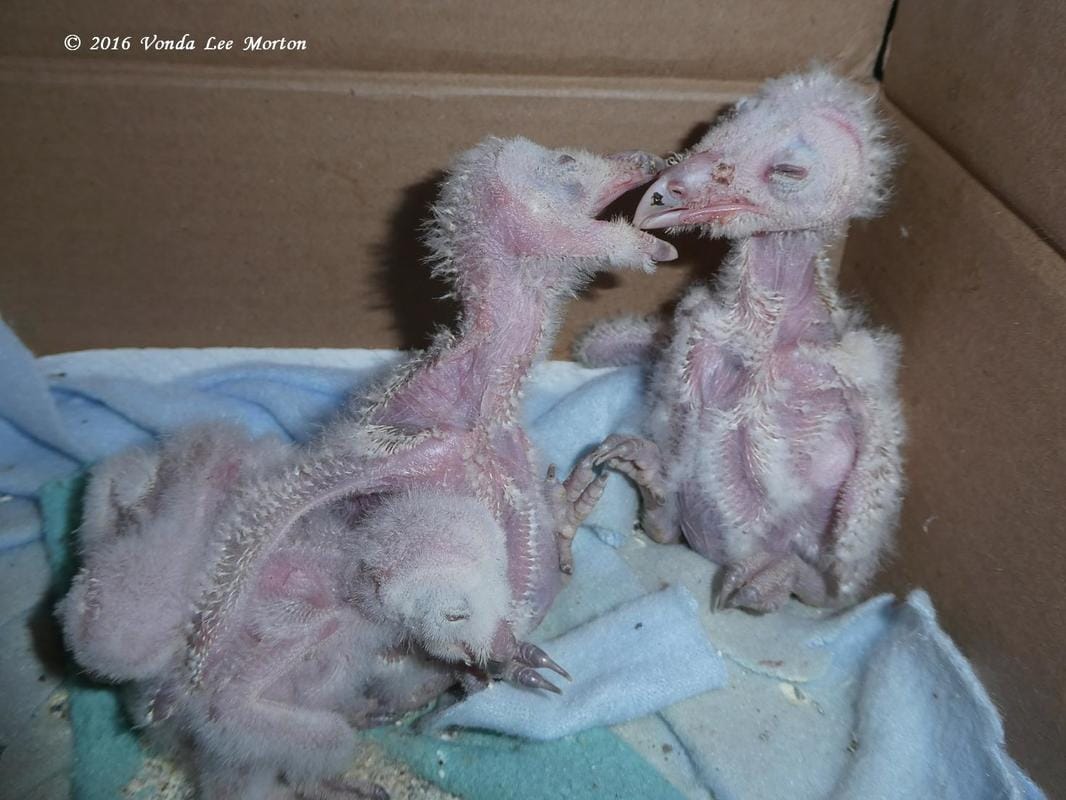
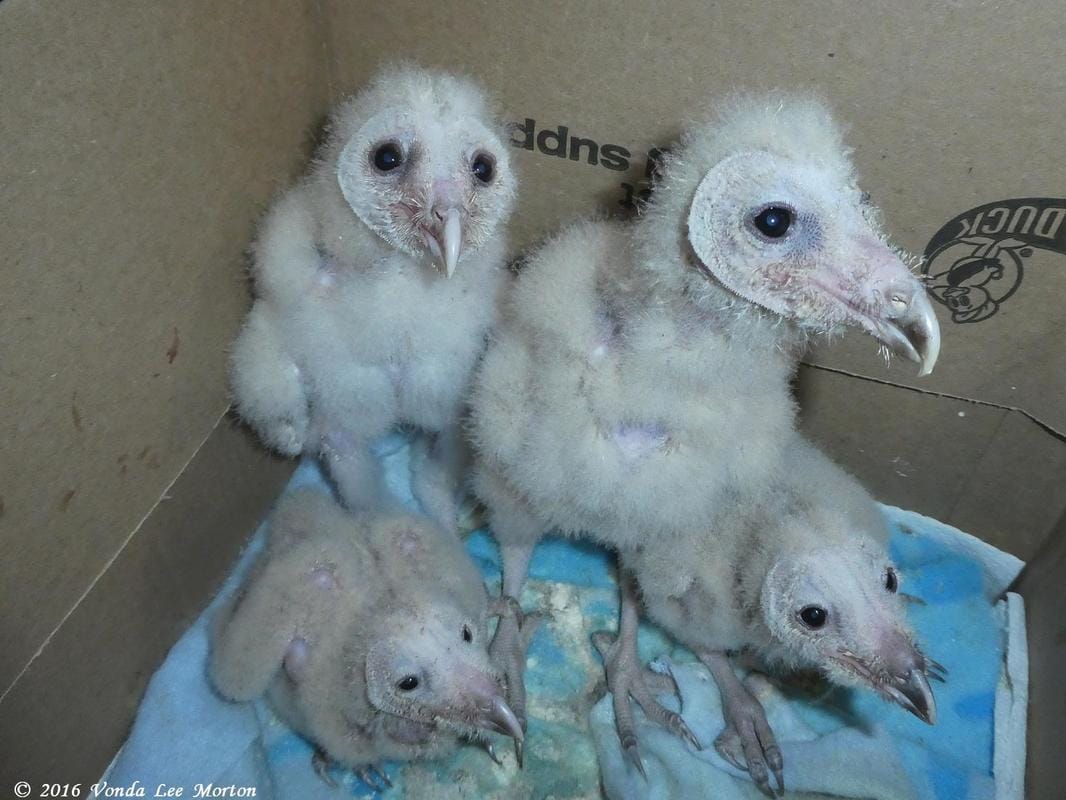
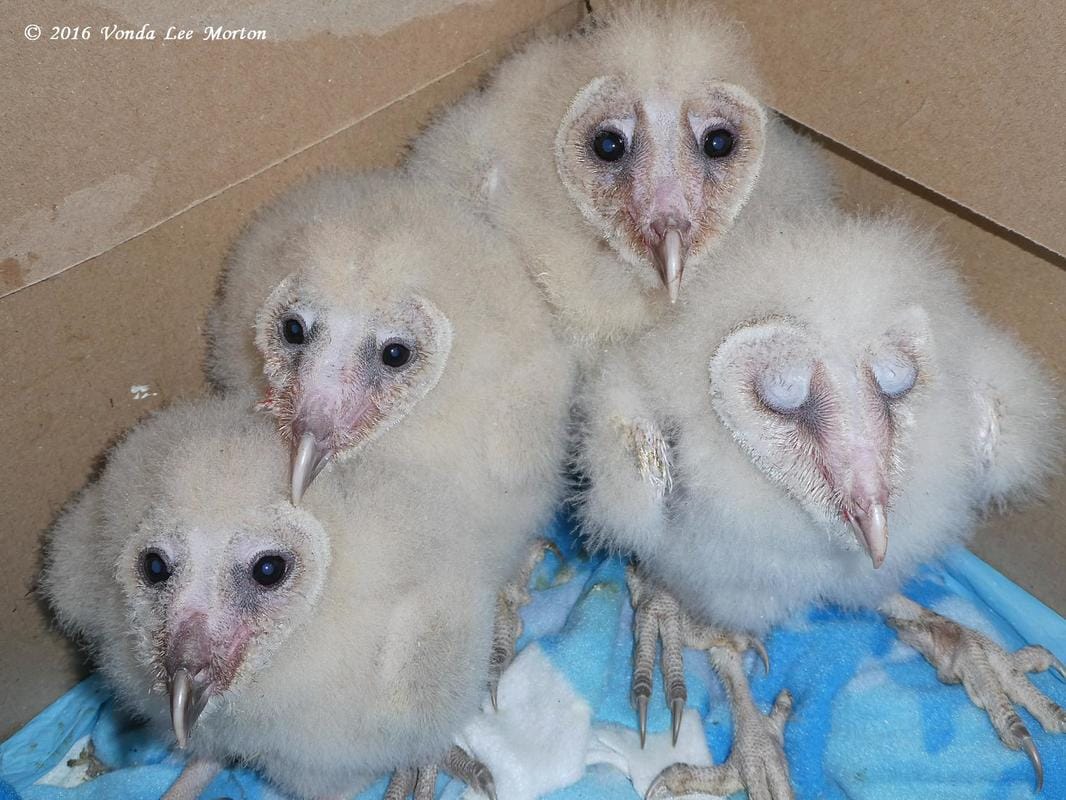
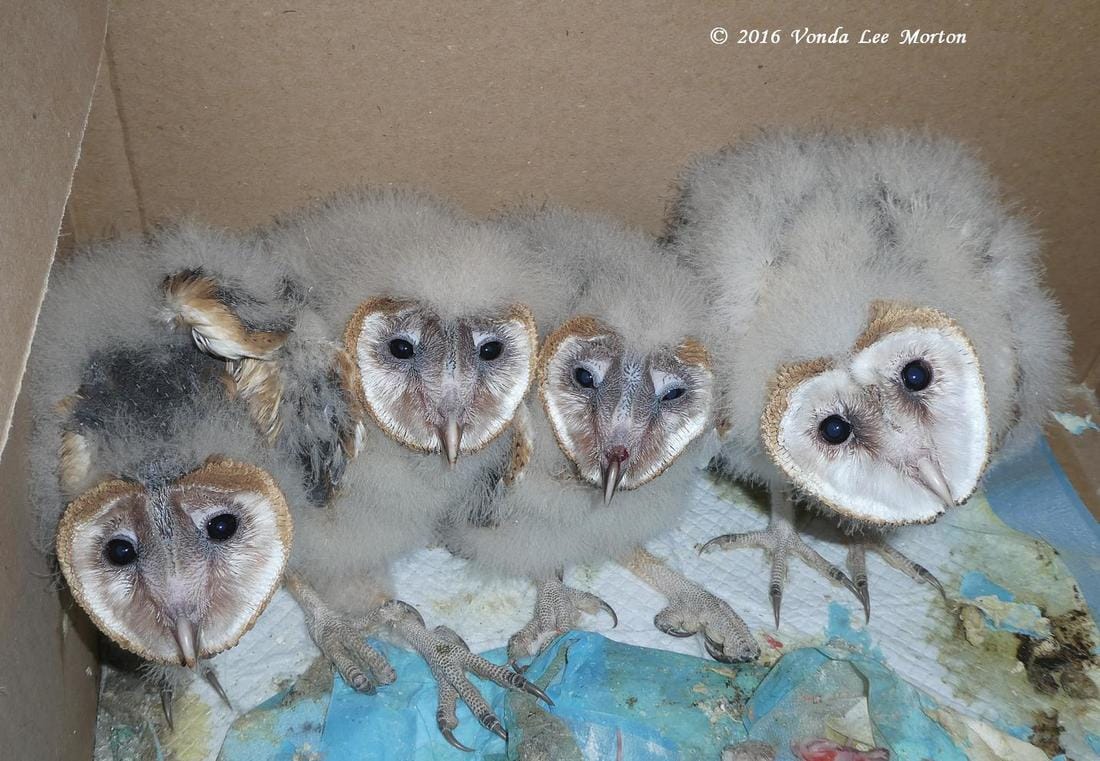
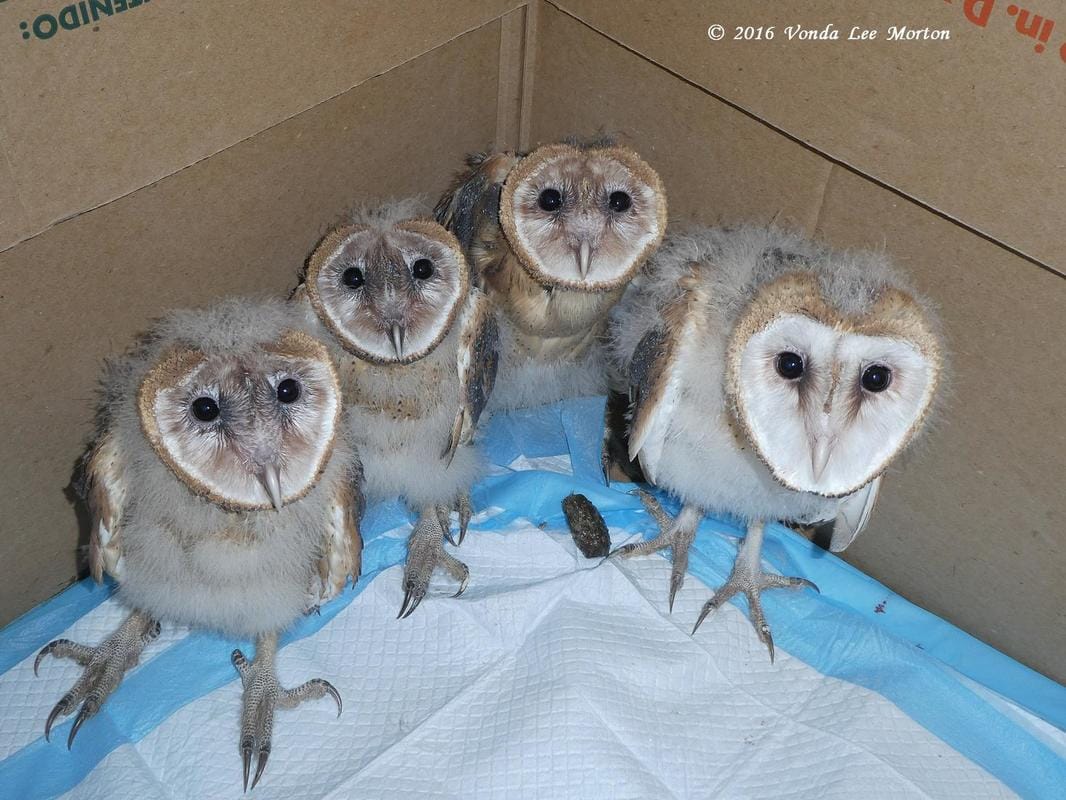
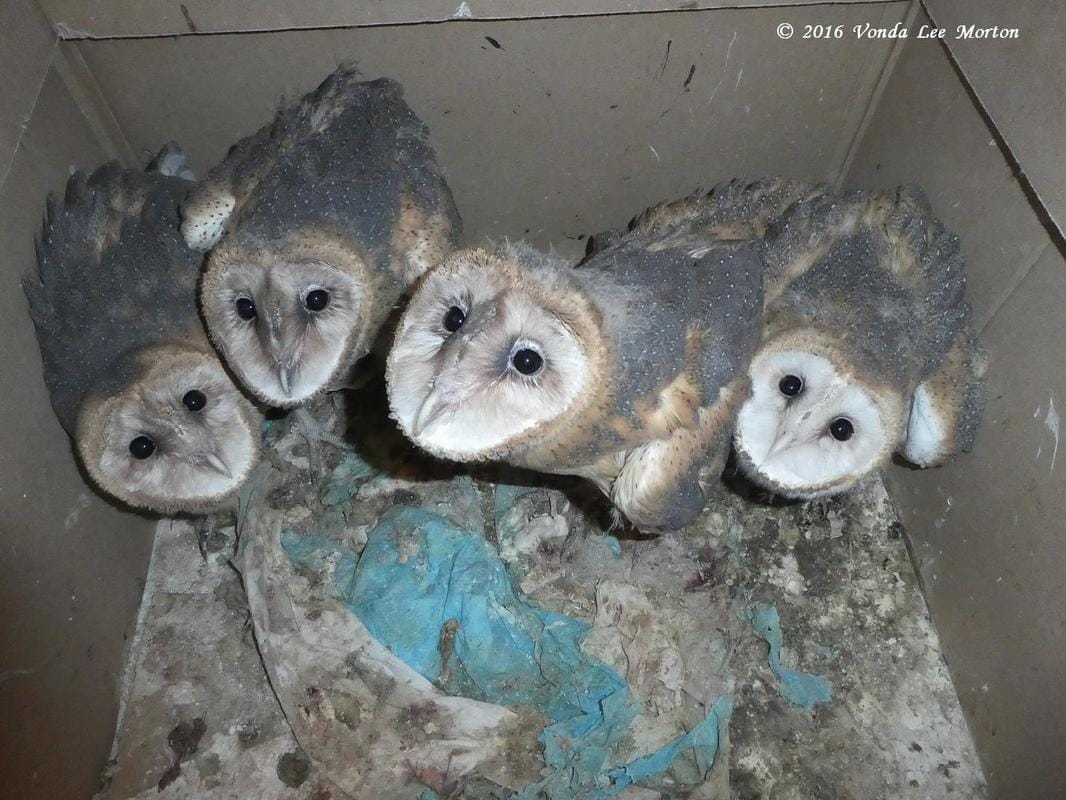
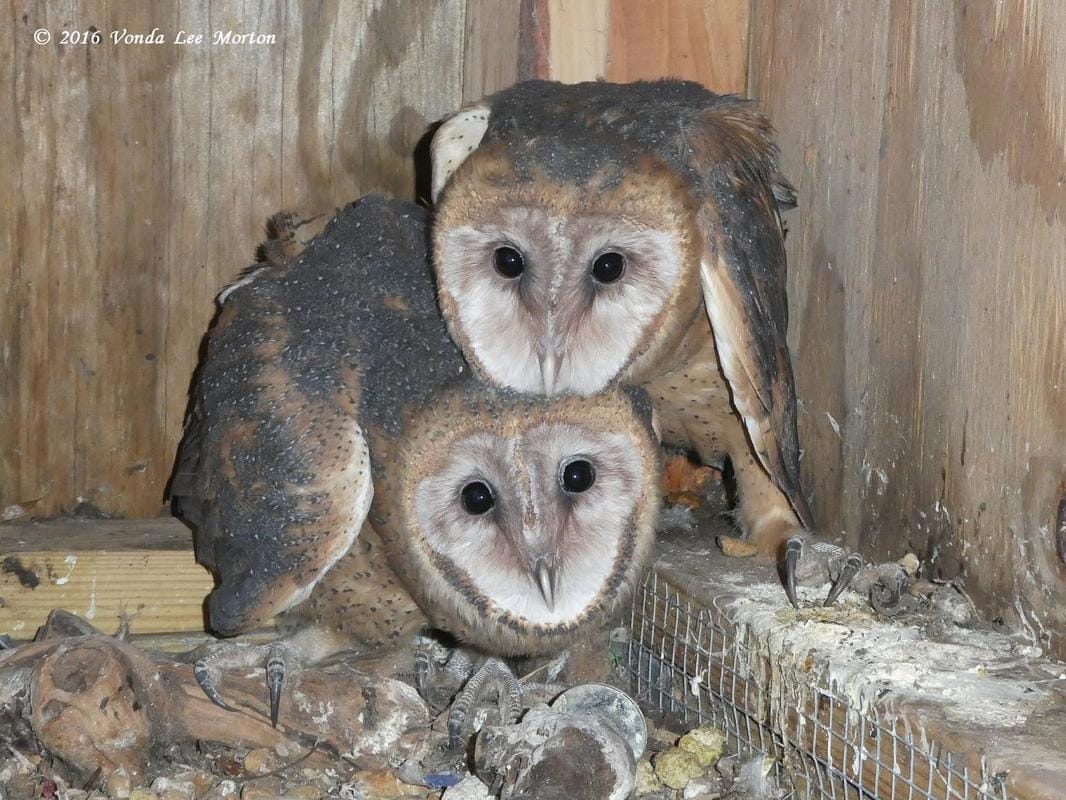
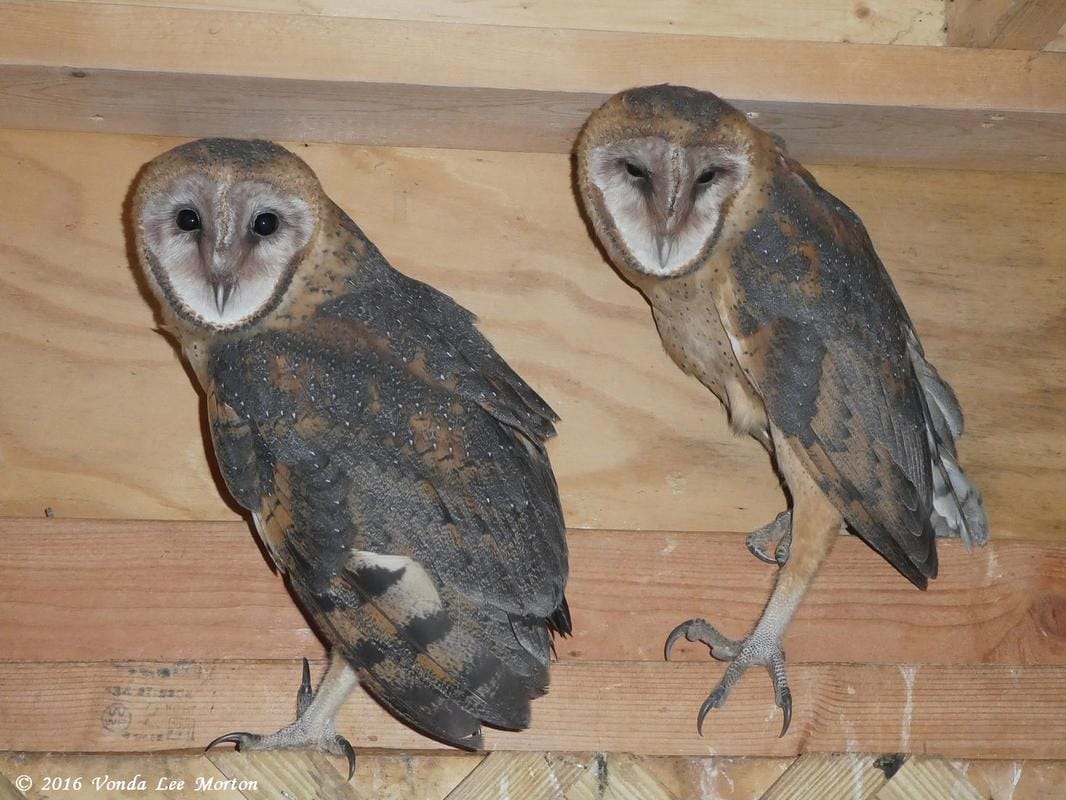
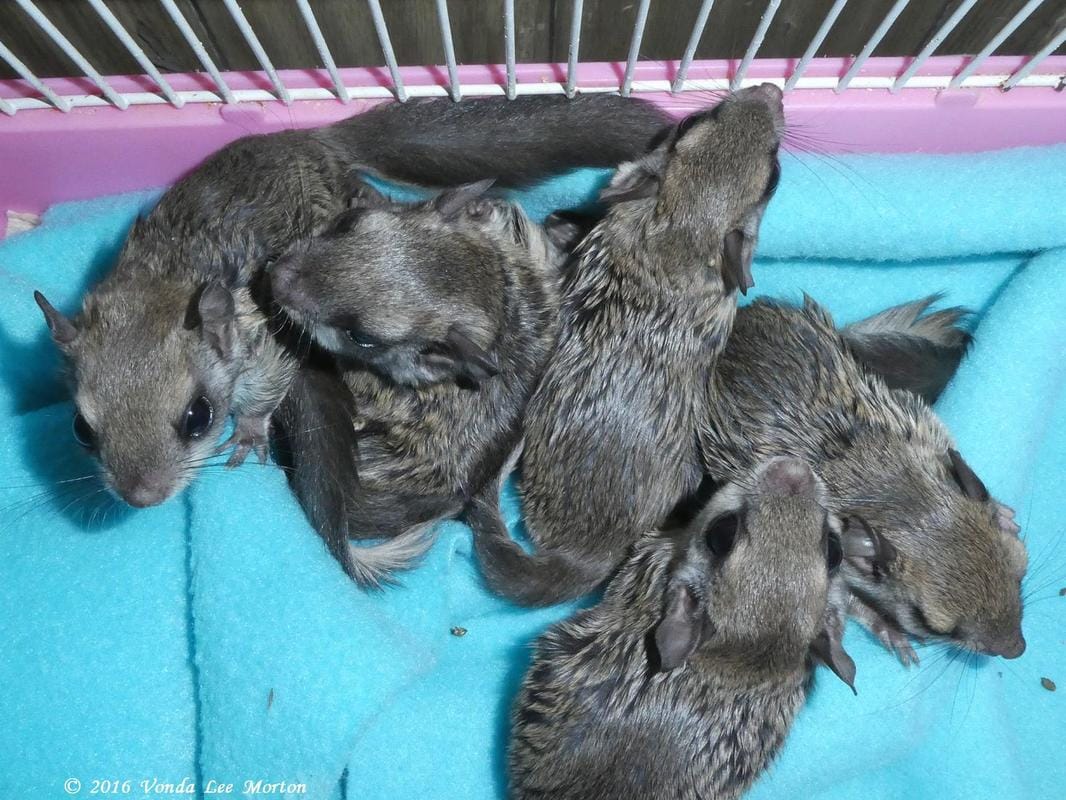
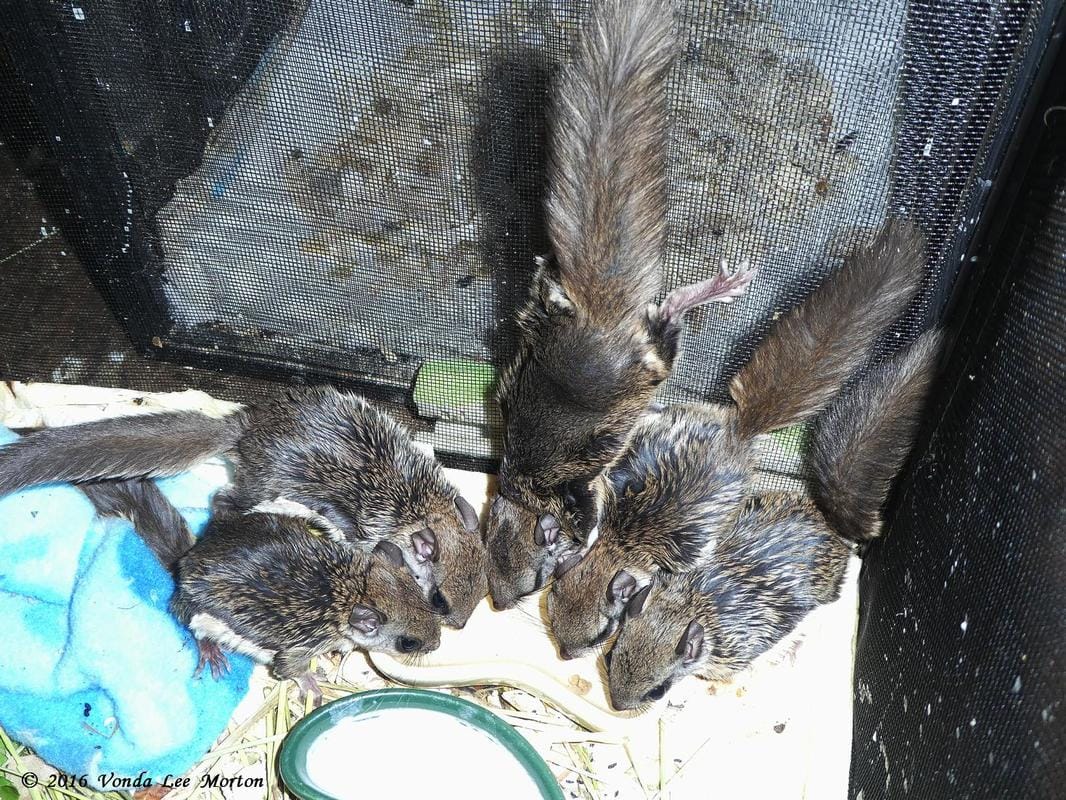
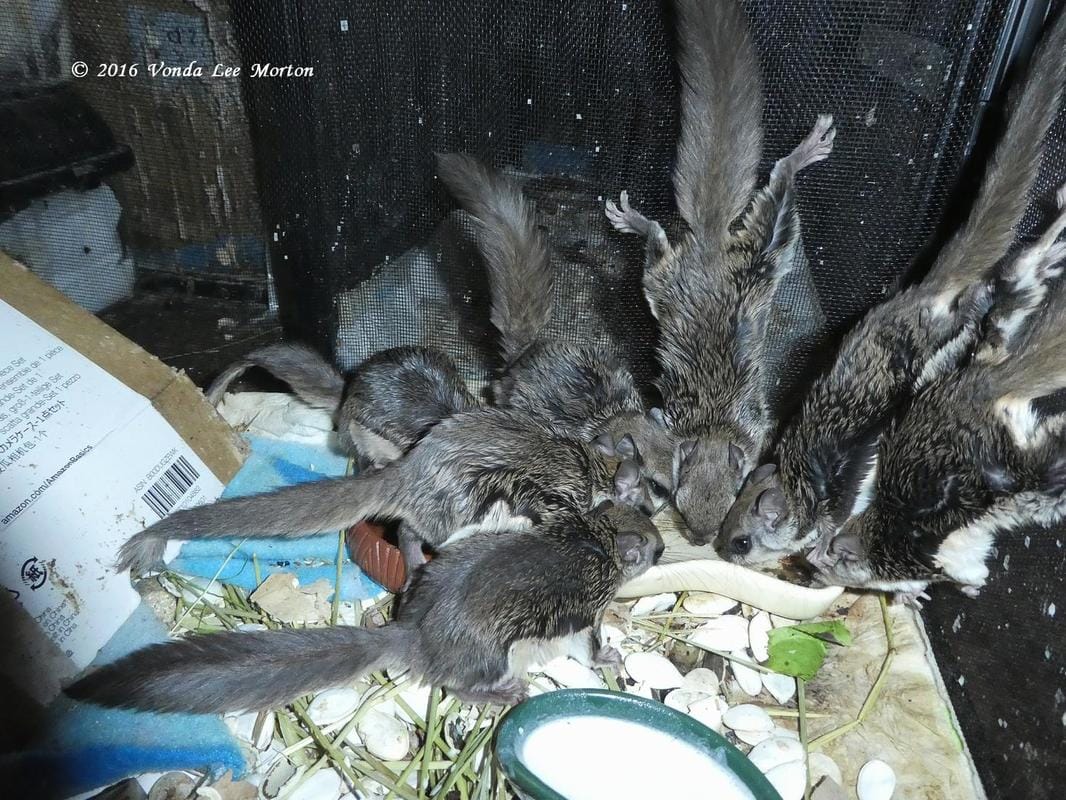
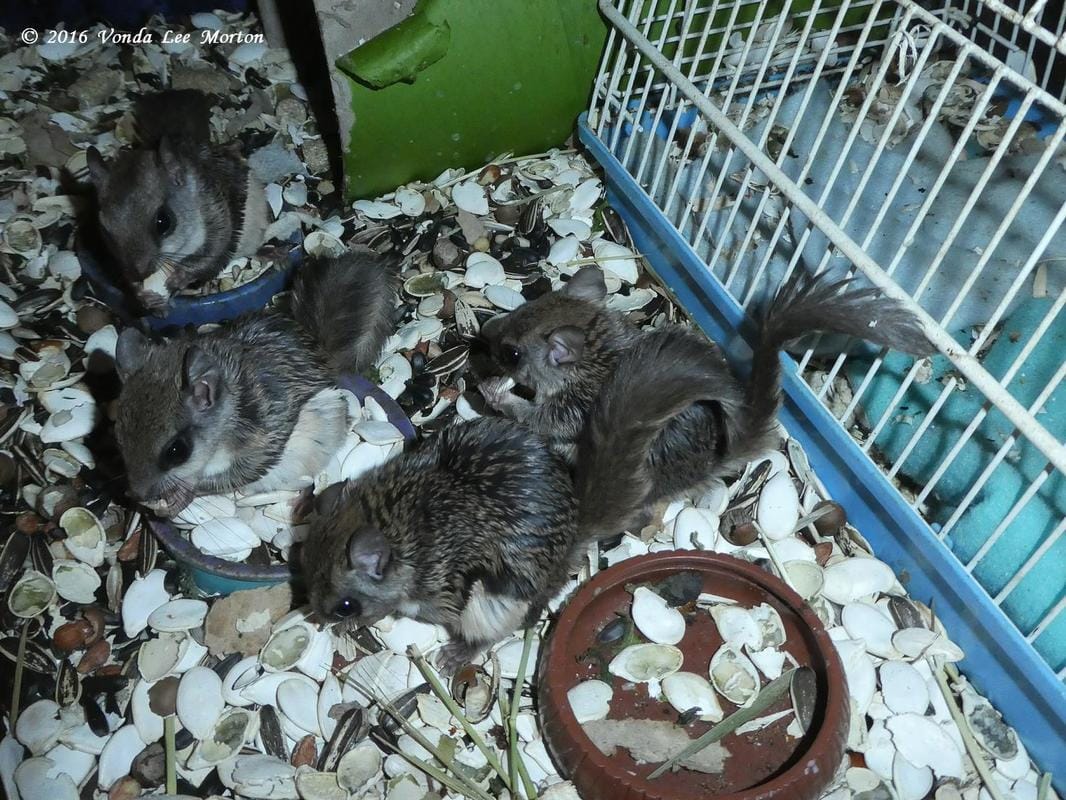
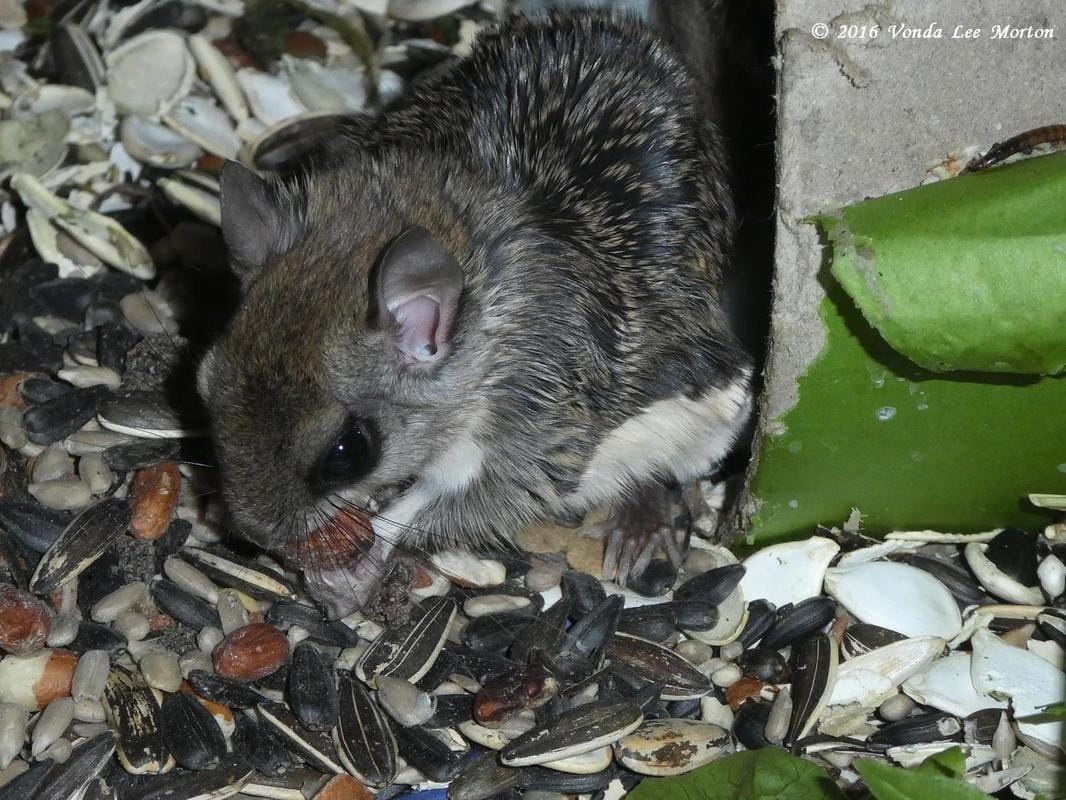
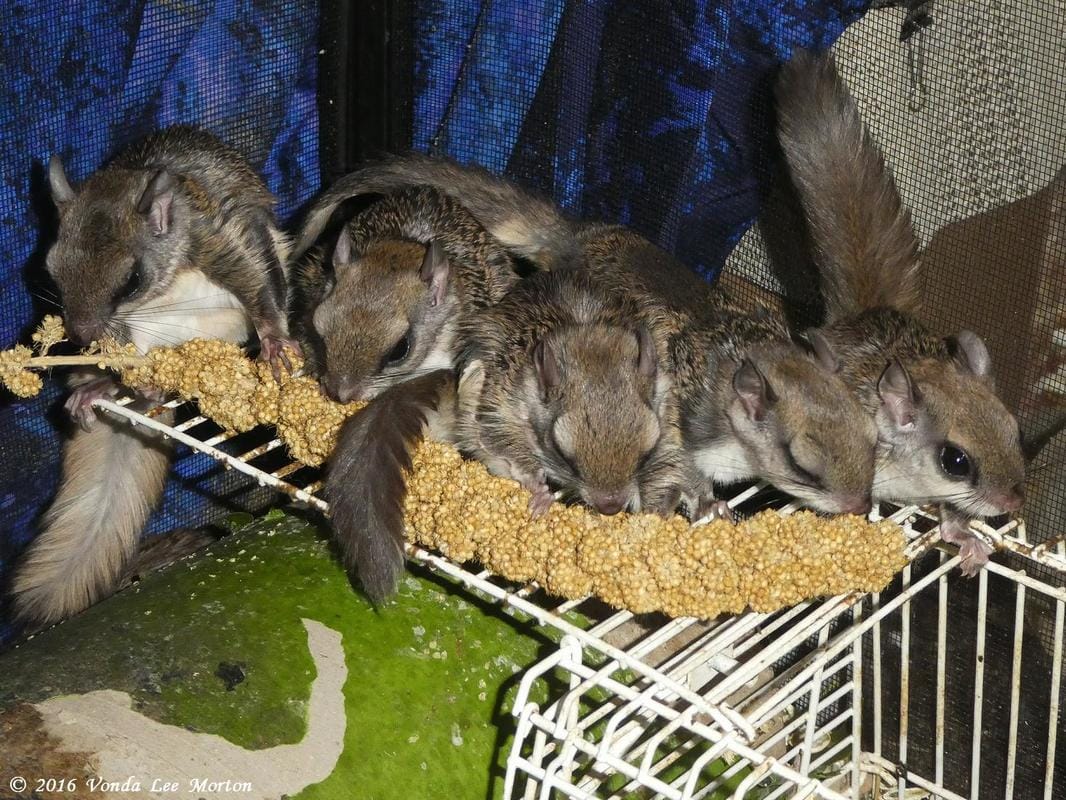
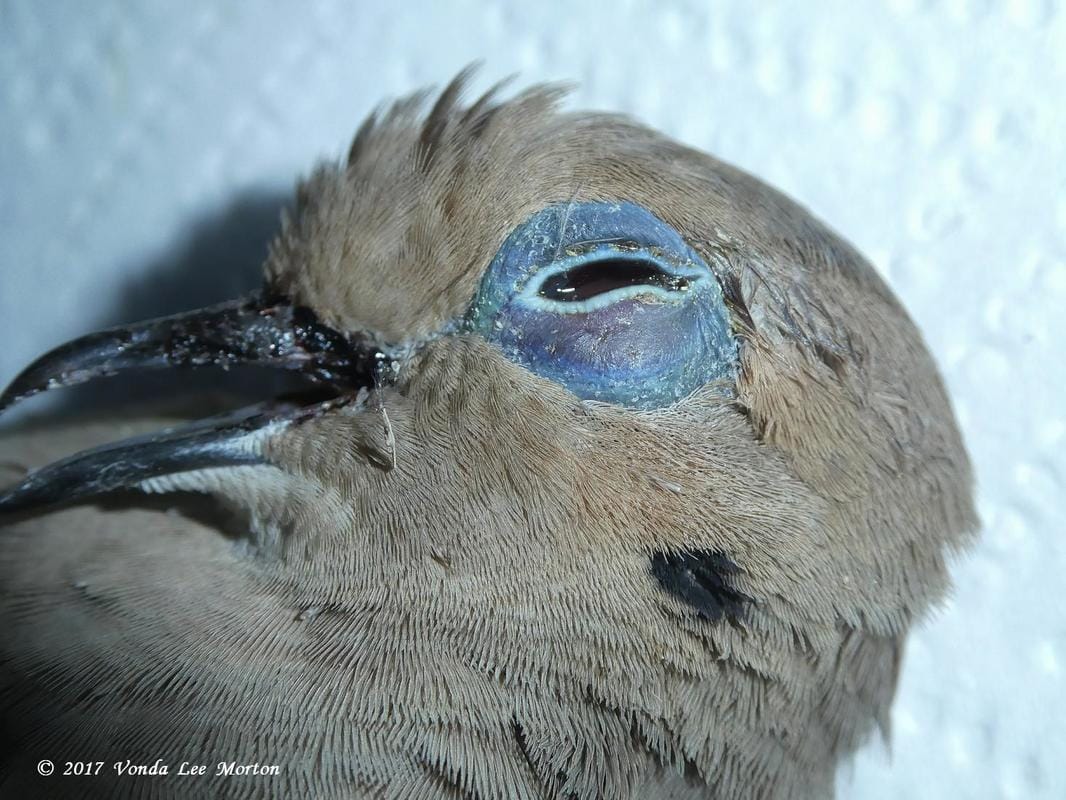
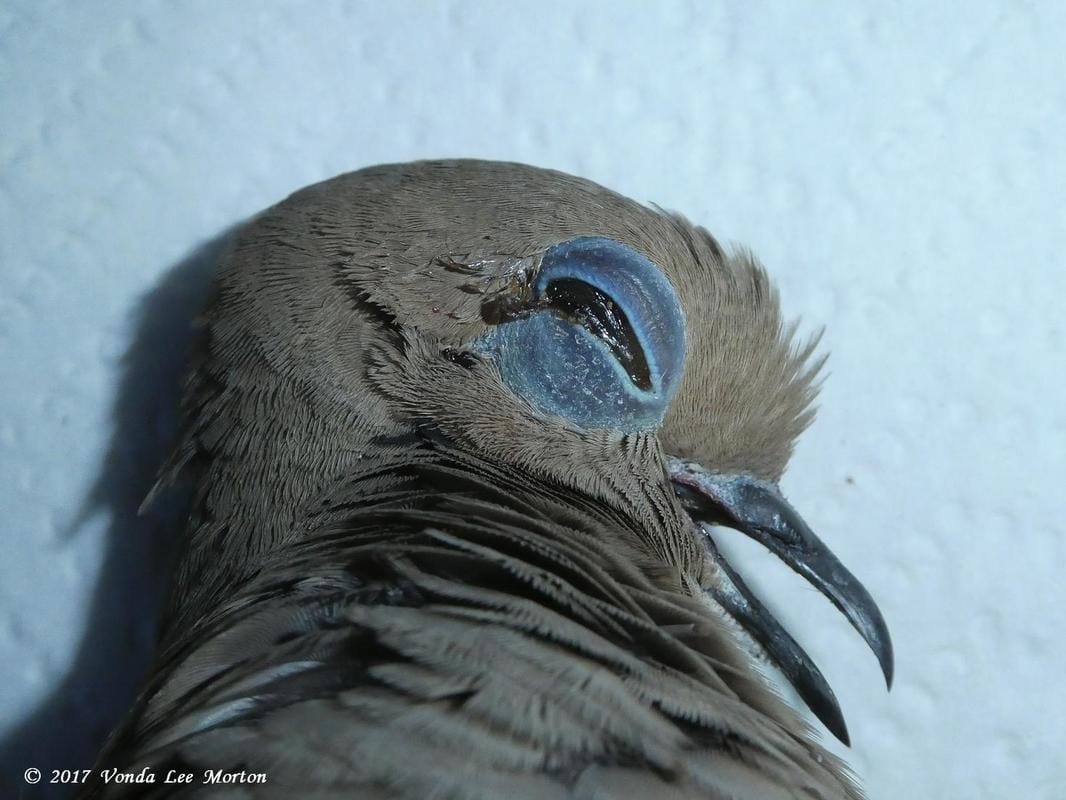
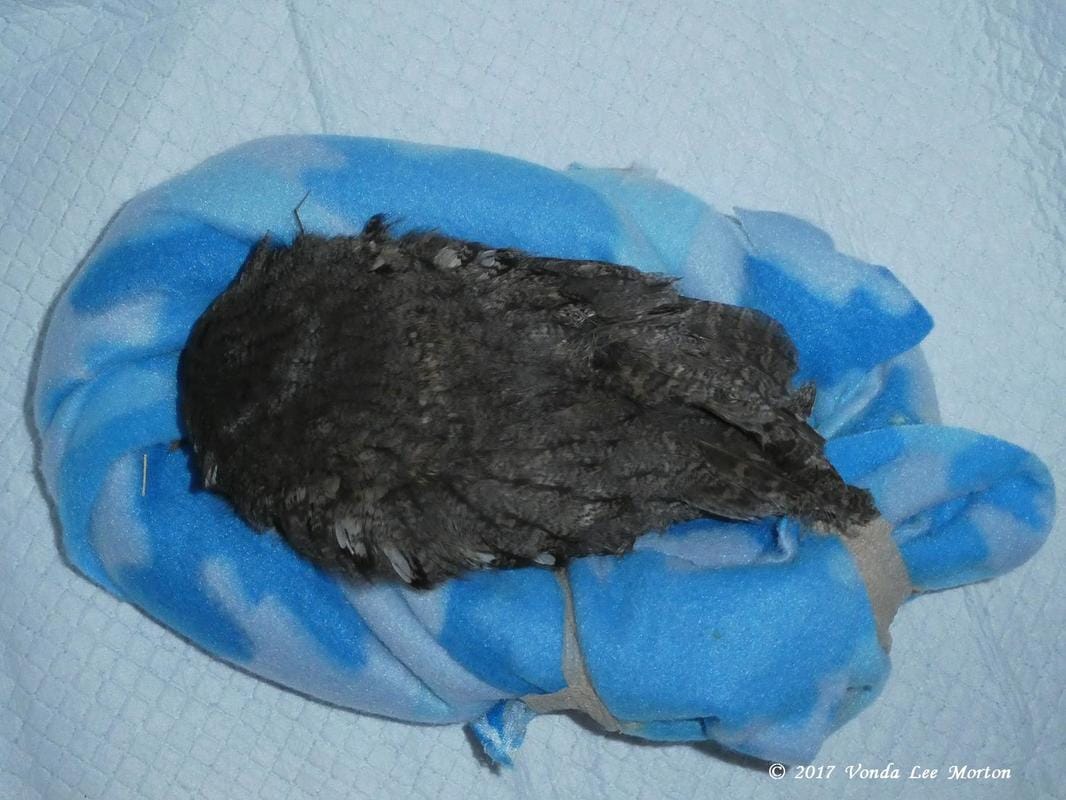
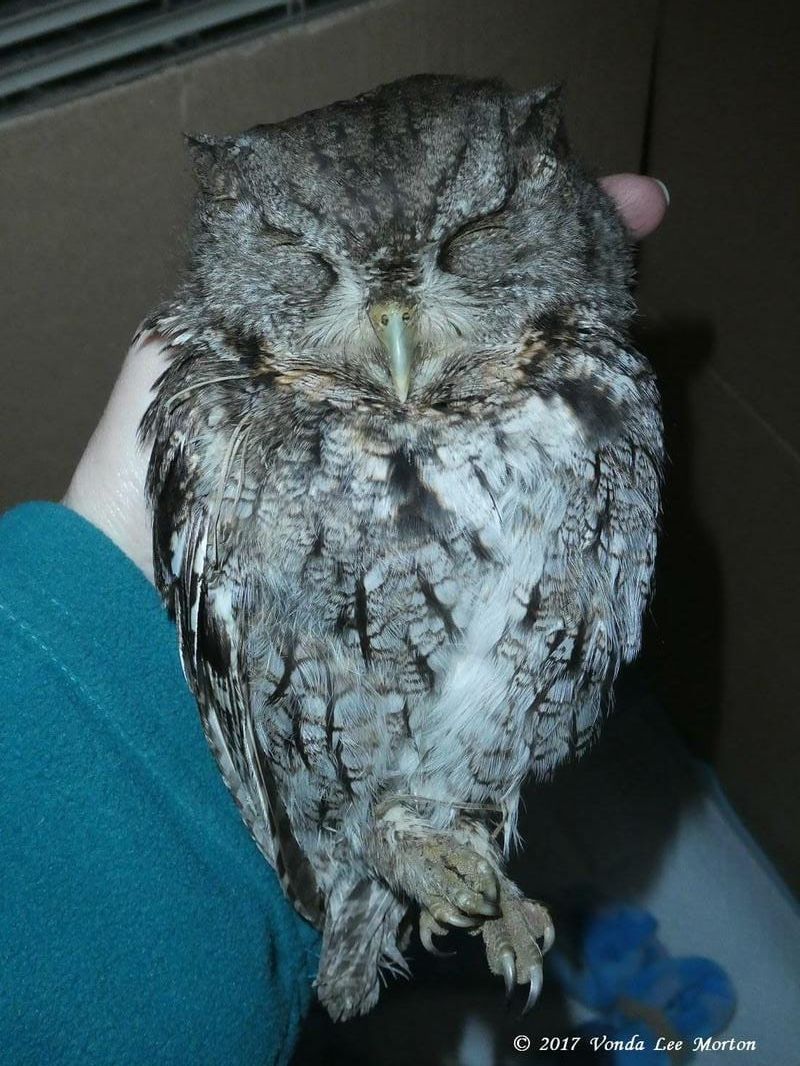
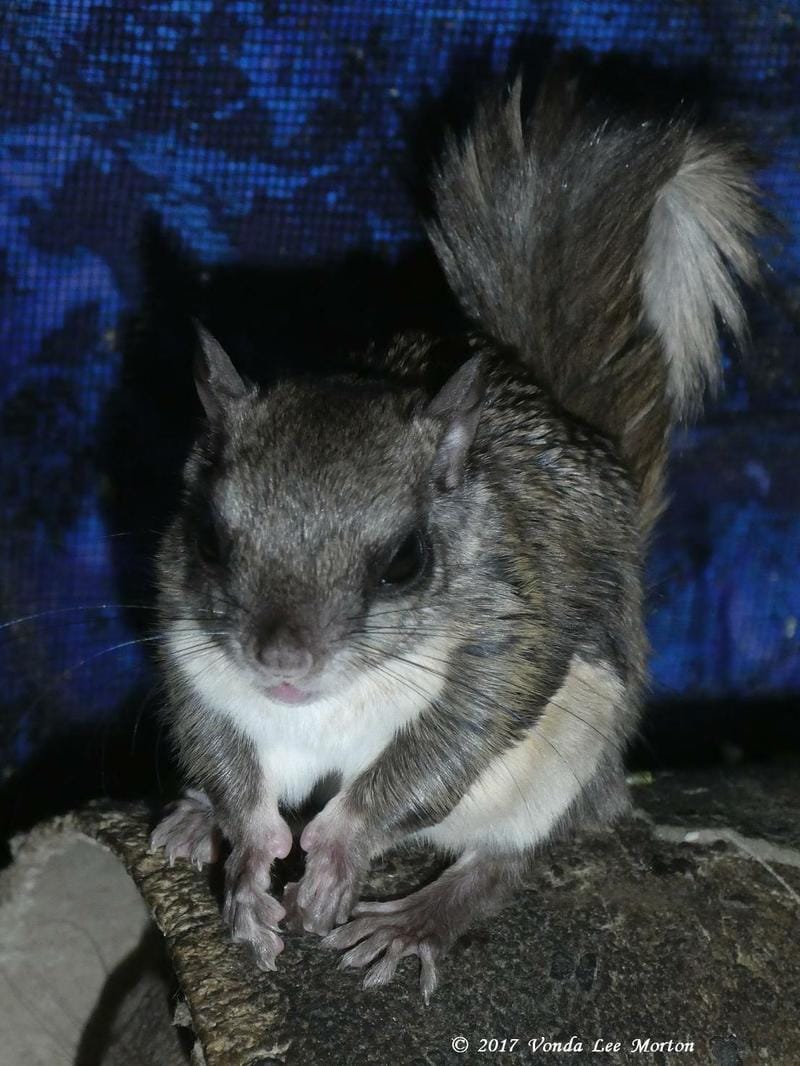
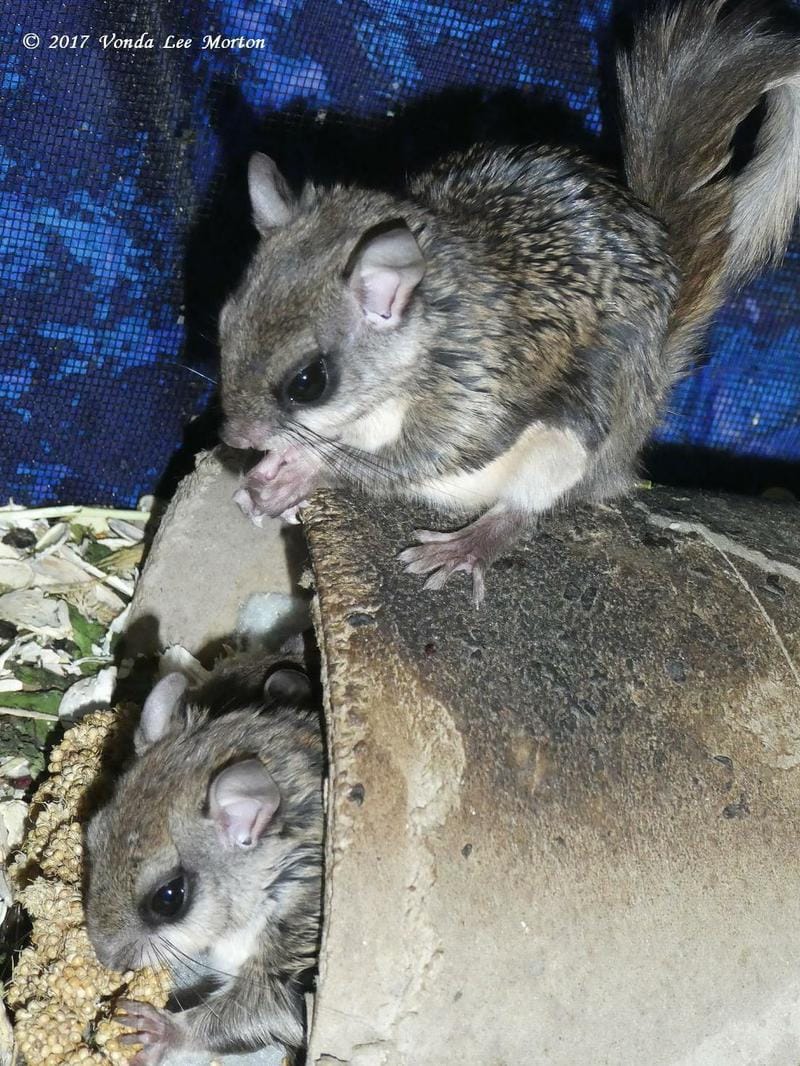
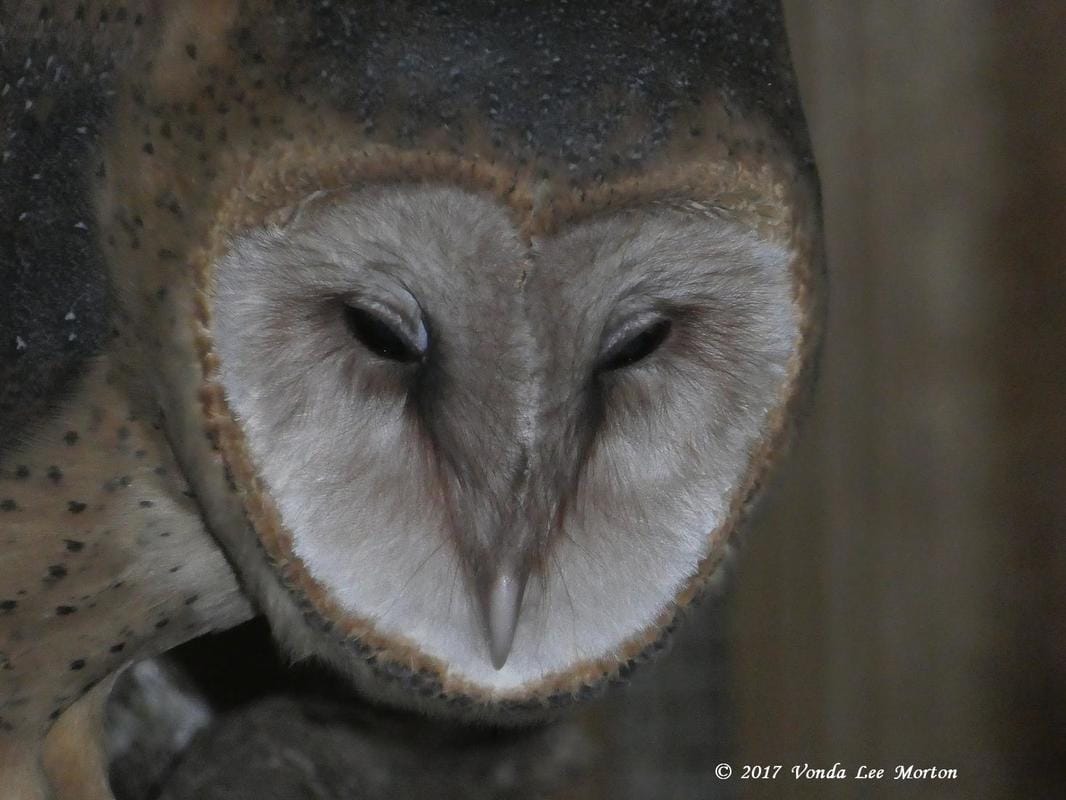
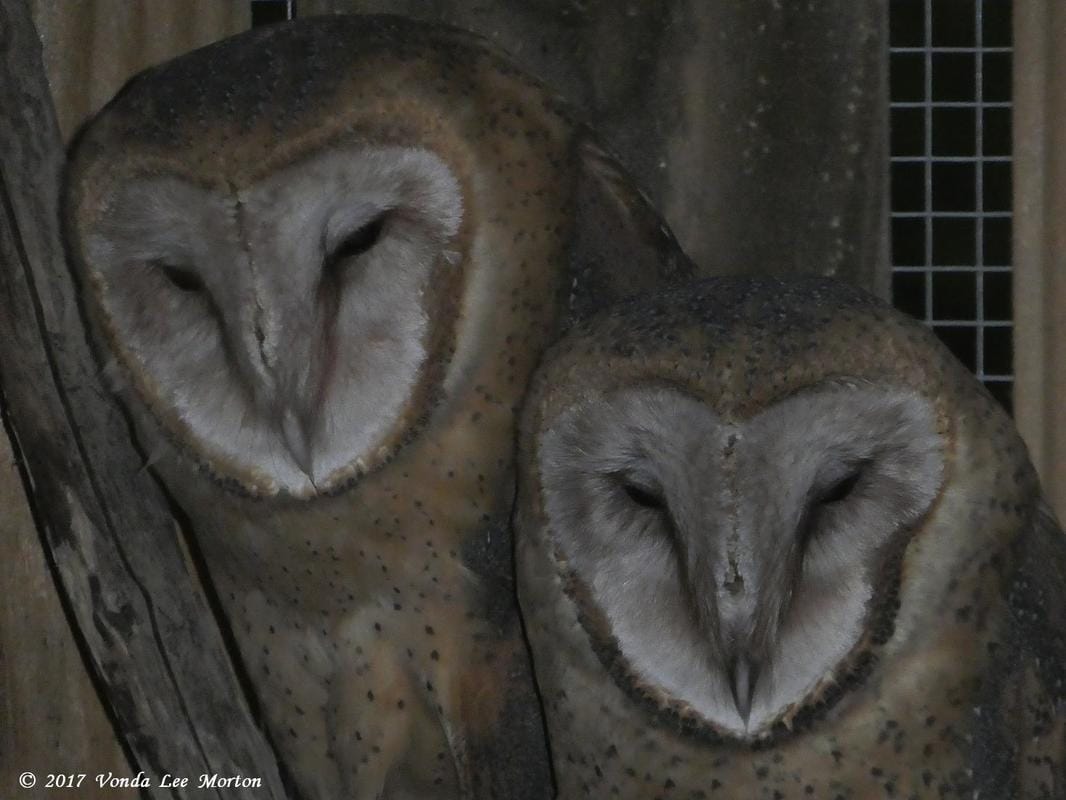
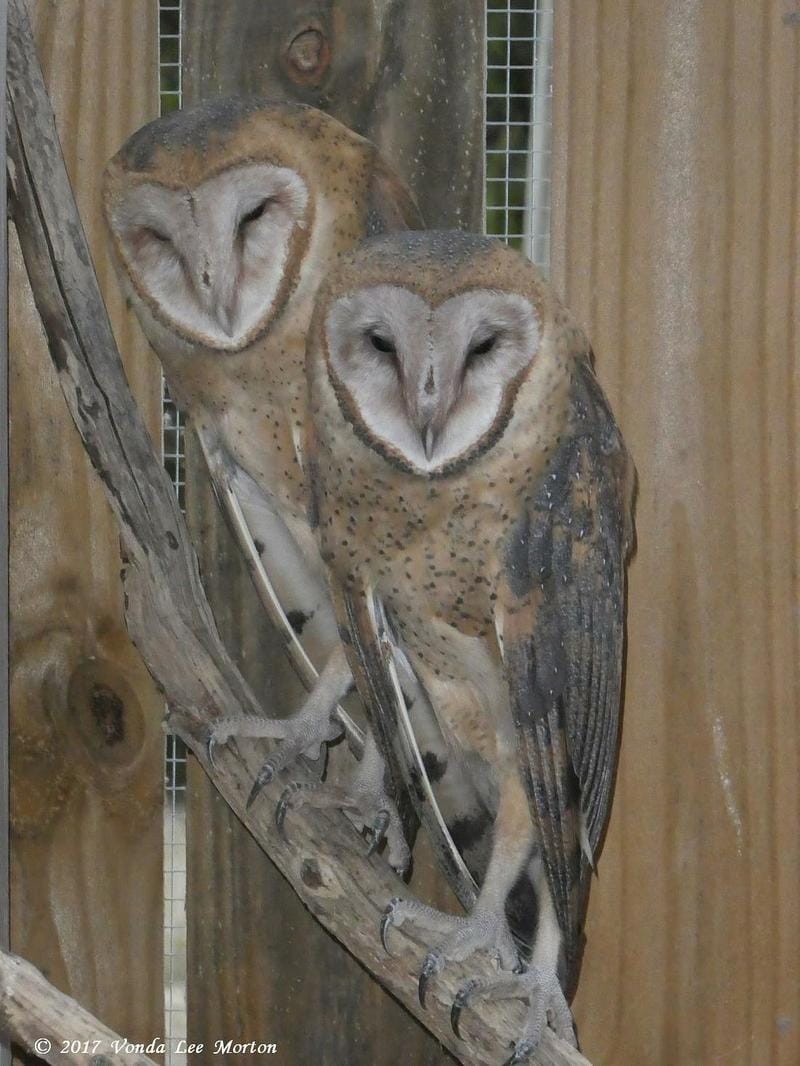
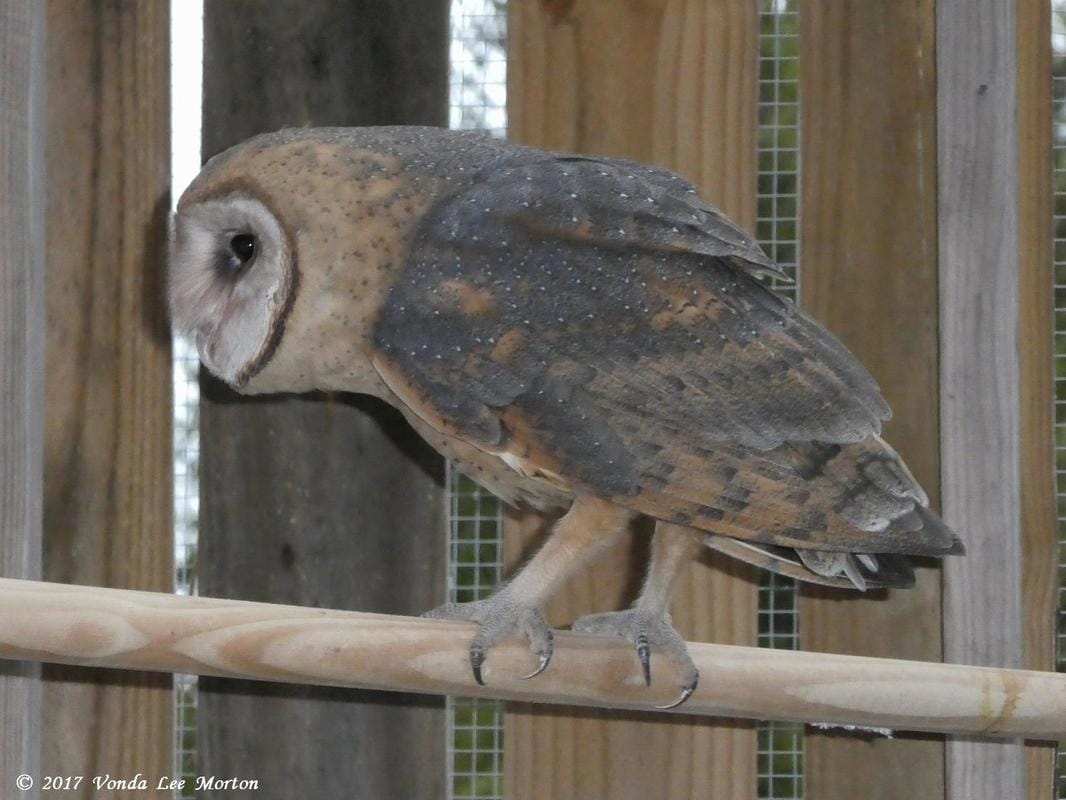
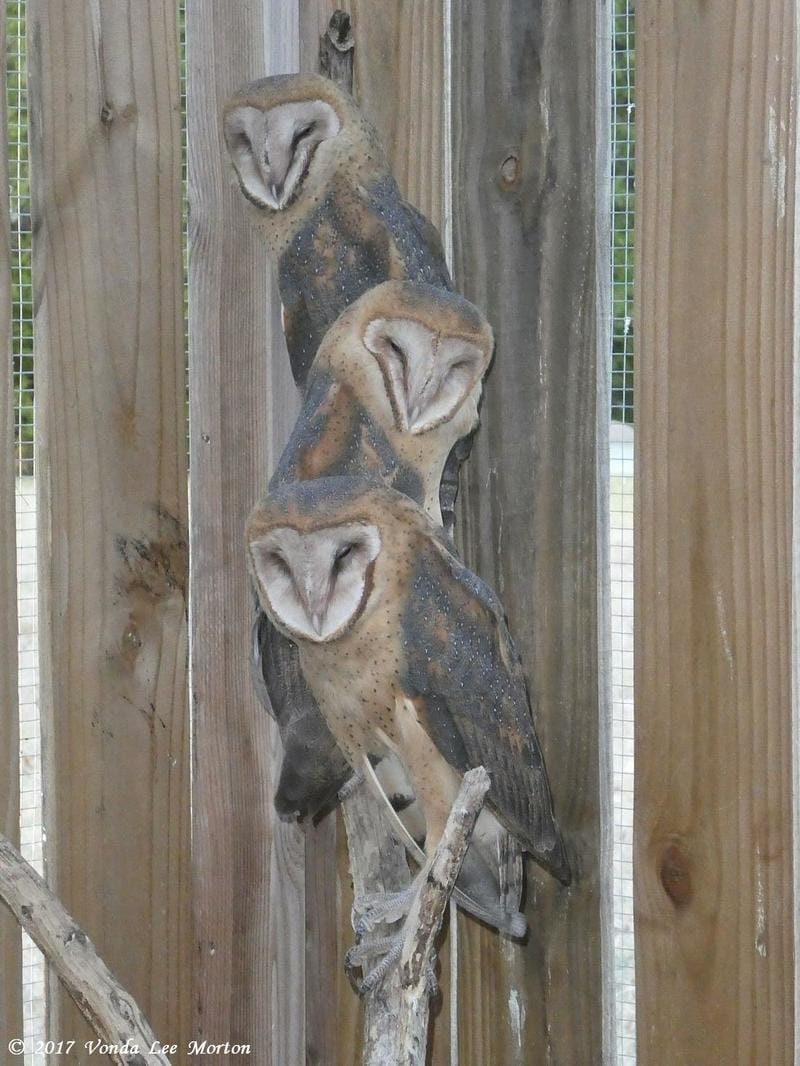
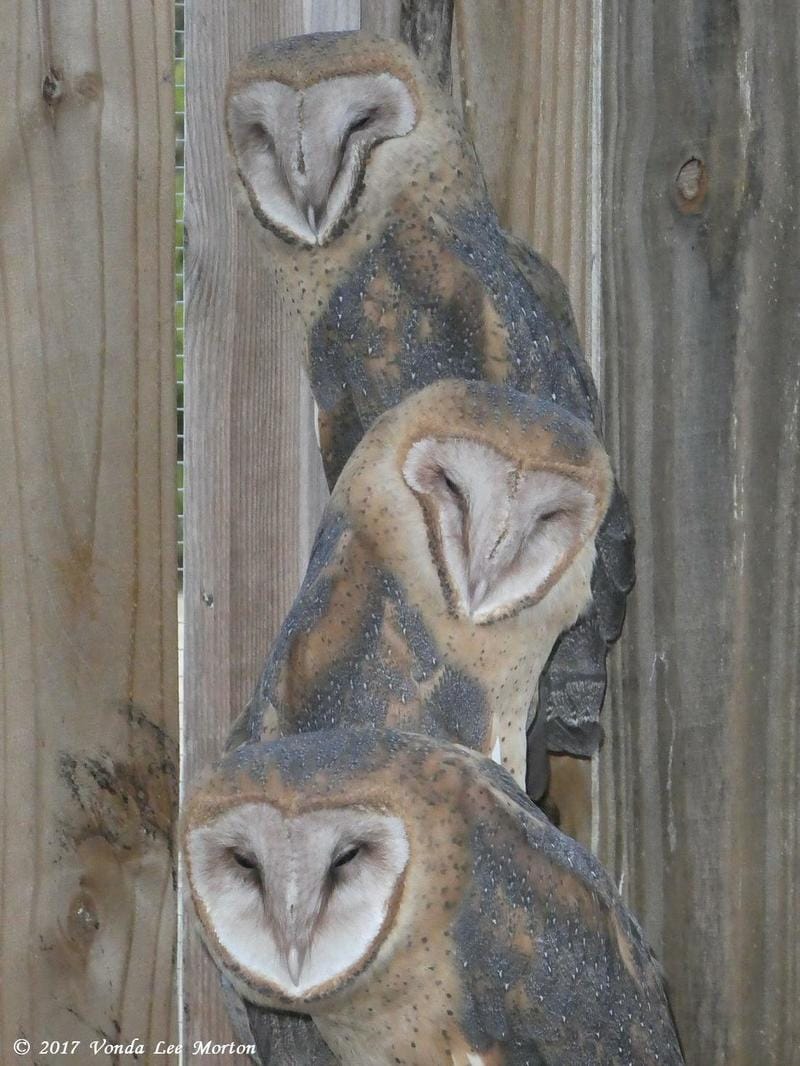
 RSS Feed
RSS Feed
